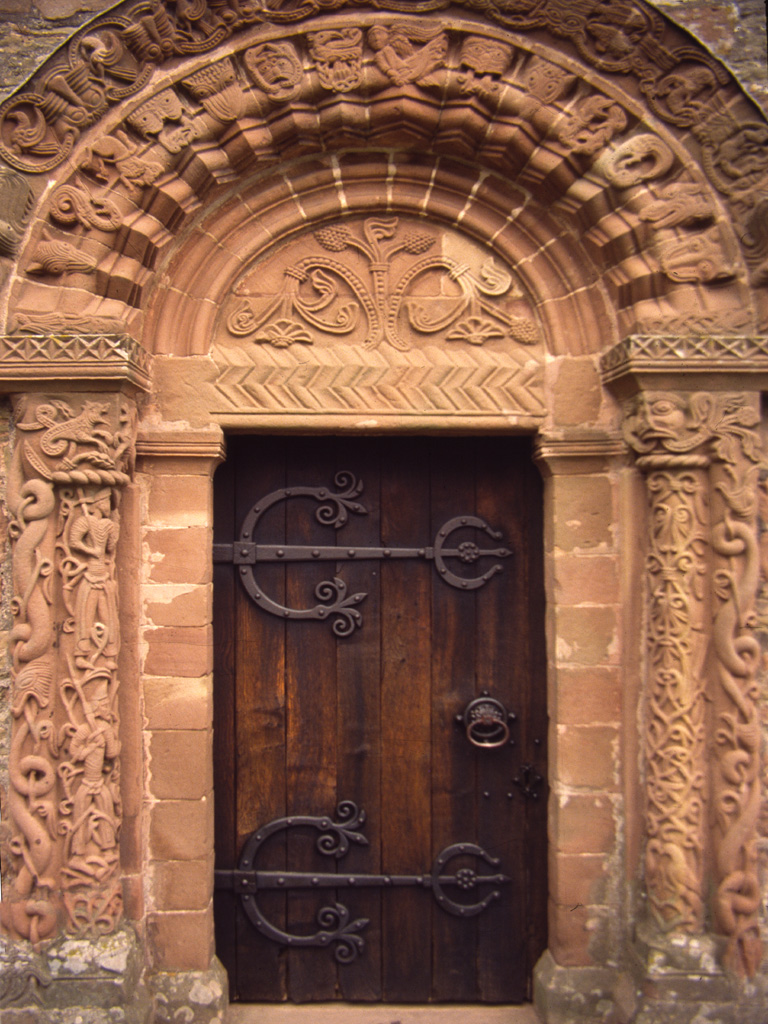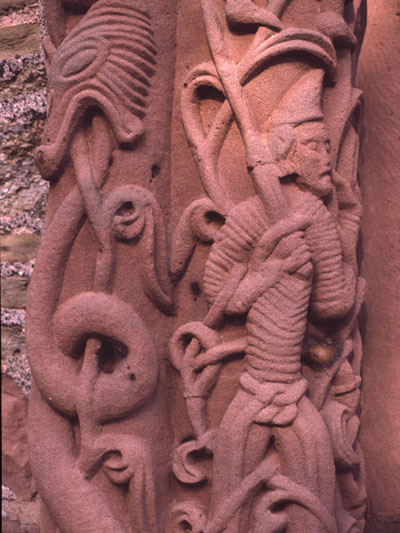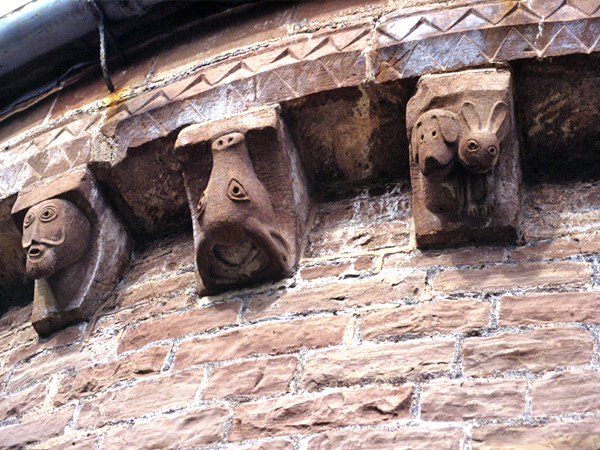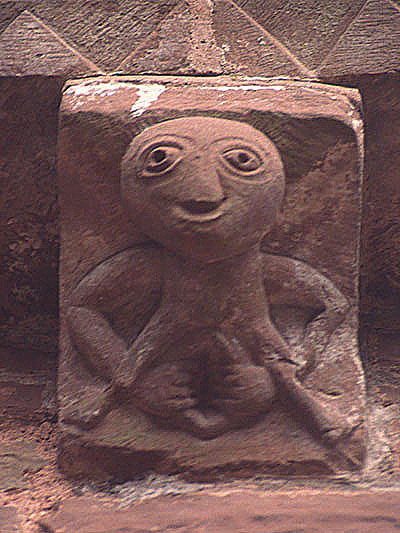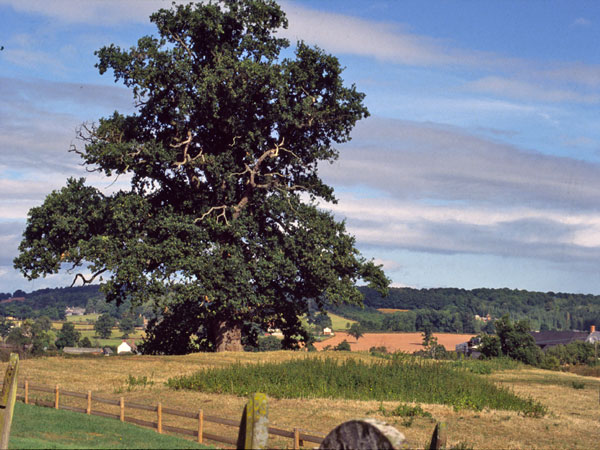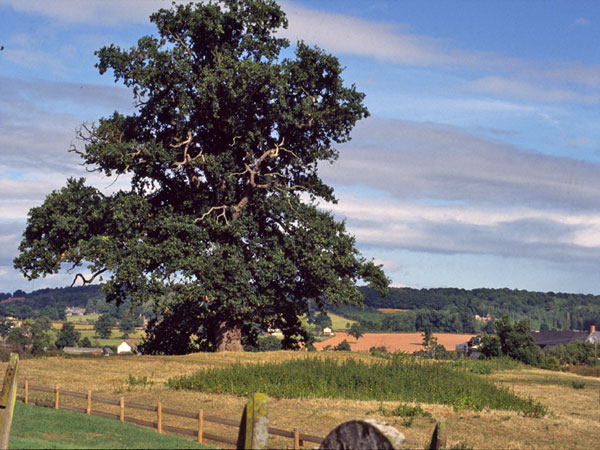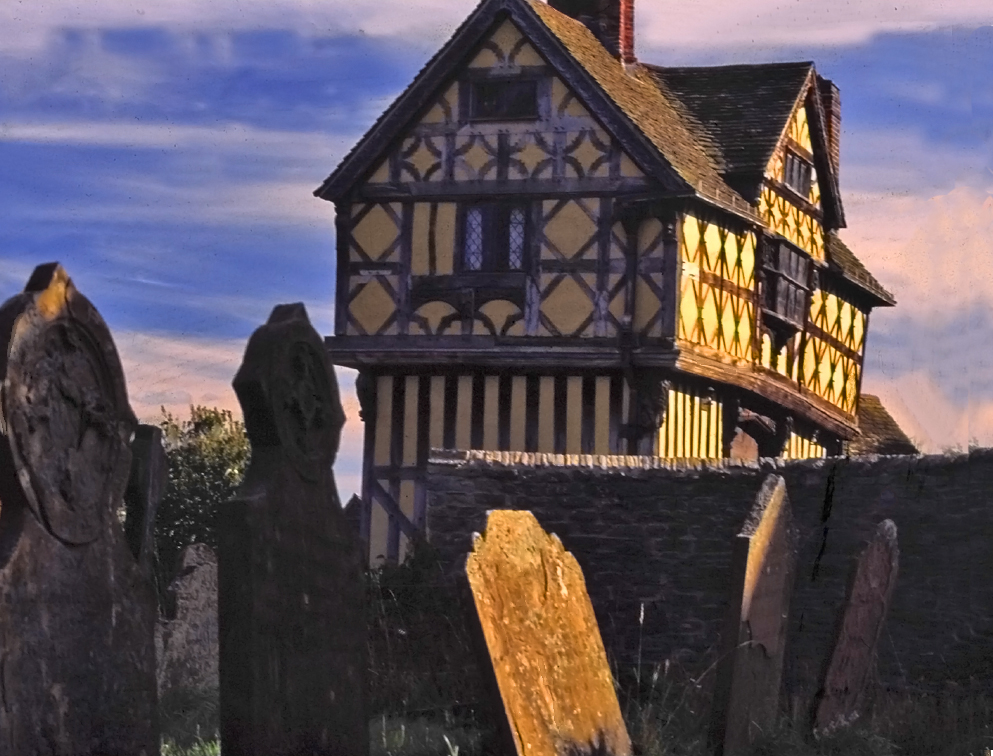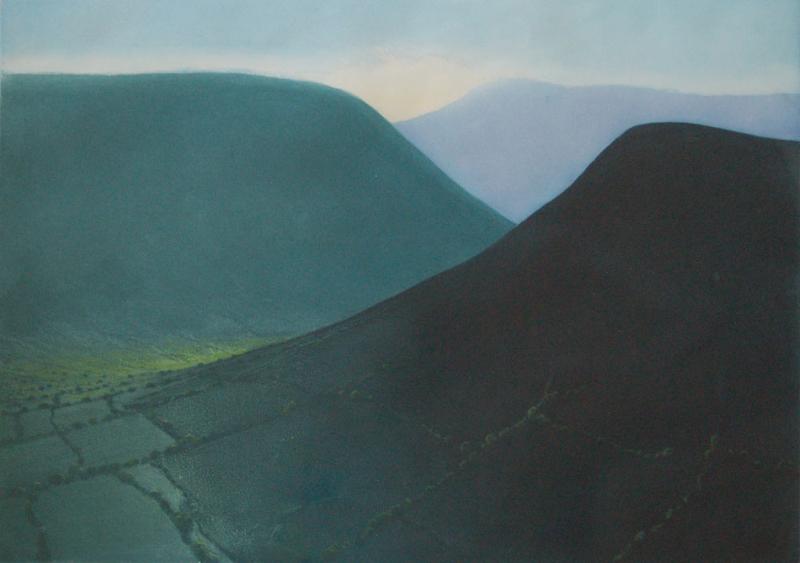
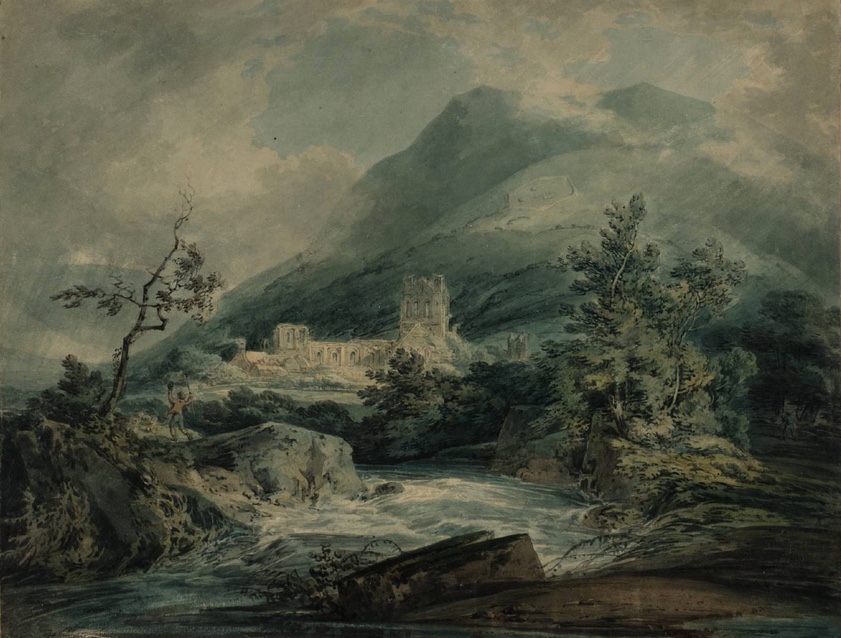
In 1971 Alan Ginsberg came and wrote a poem called Wales Visitation.
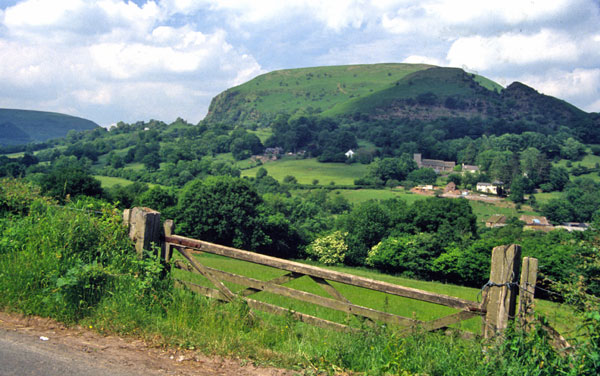
Above the entrance to the valley from the low end where the River Honduu empties into the Wye .
The “Vale of Ewyas” as it is called did indeed seem secretive and remote when we first went there in the early seventies.
Now it is not so secret with many more visitors, especially in the summer and on weekends. I don’t blame them, the area is beautiful walking country with airy views on top of rounded glacial hills over a patchwork quilt landscape below.
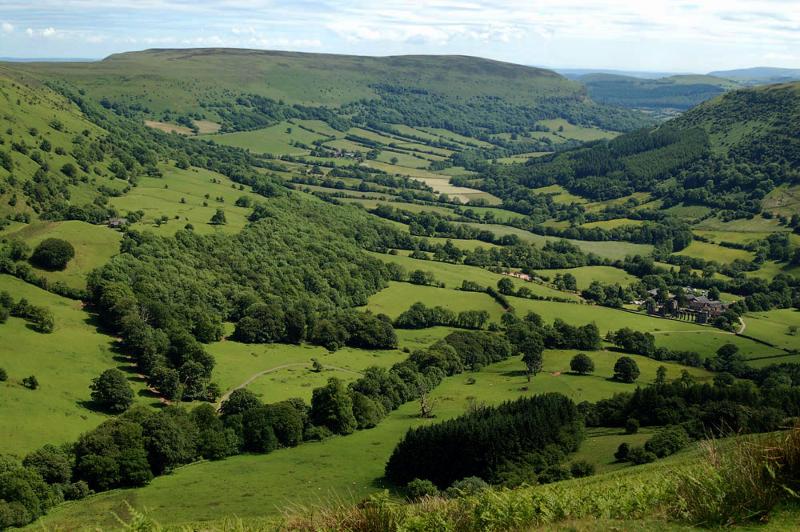
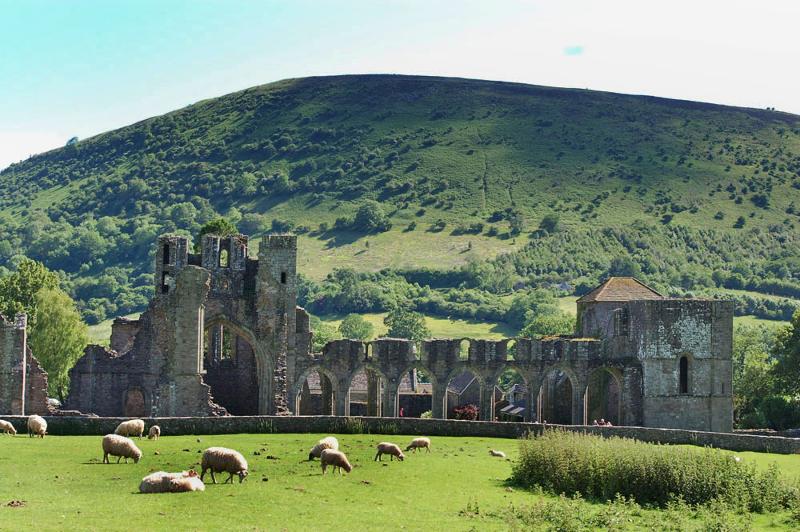
The original monastery became one of the great buildings of Wales until marauding Welshmen forced the retreat of the monks to safer nearby Gloucester.
Now it is a small hotel reclaimed from the old towers and the cellars.
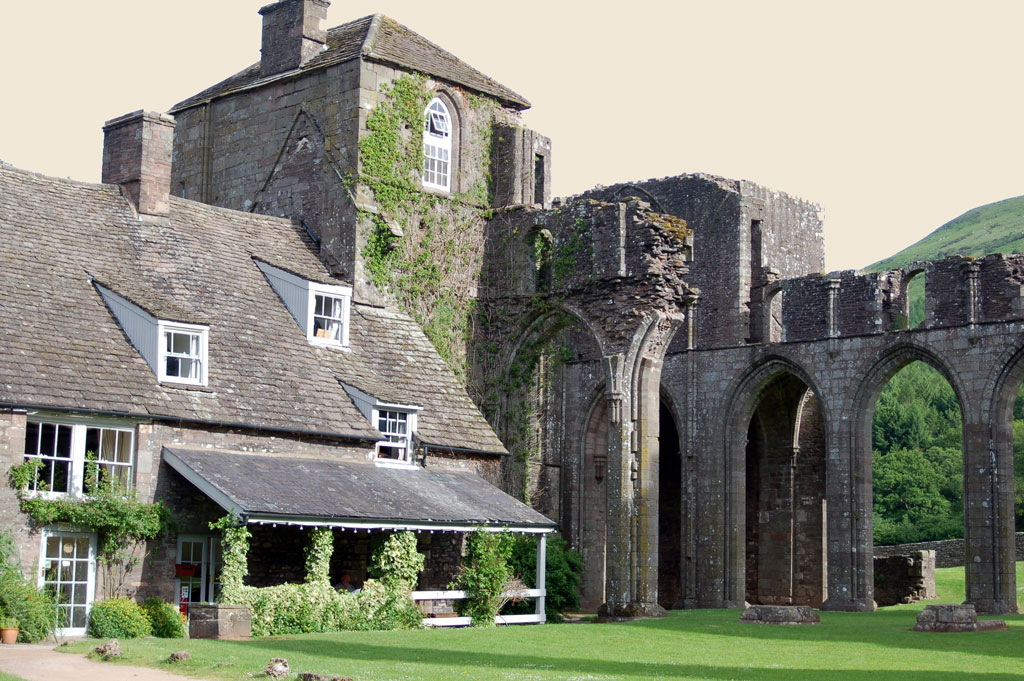
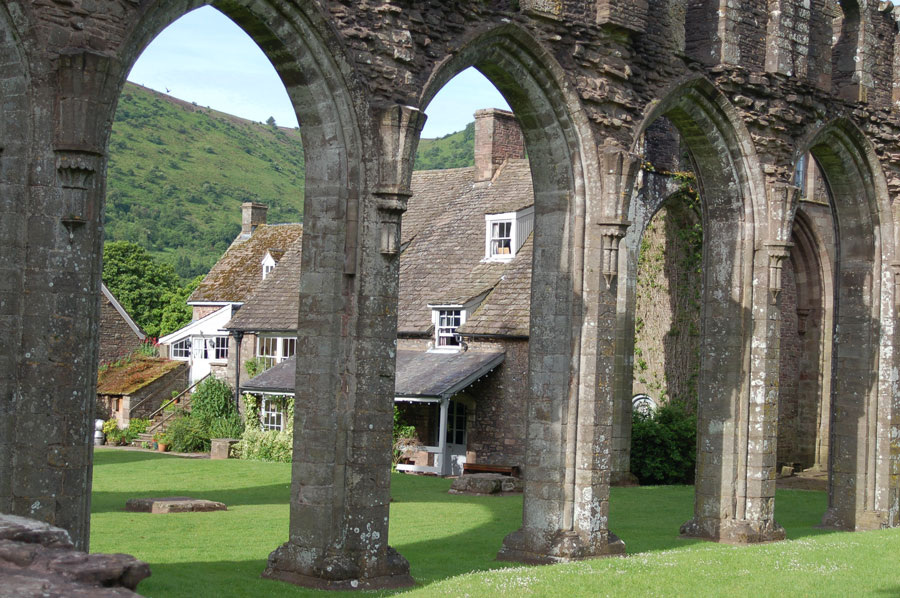
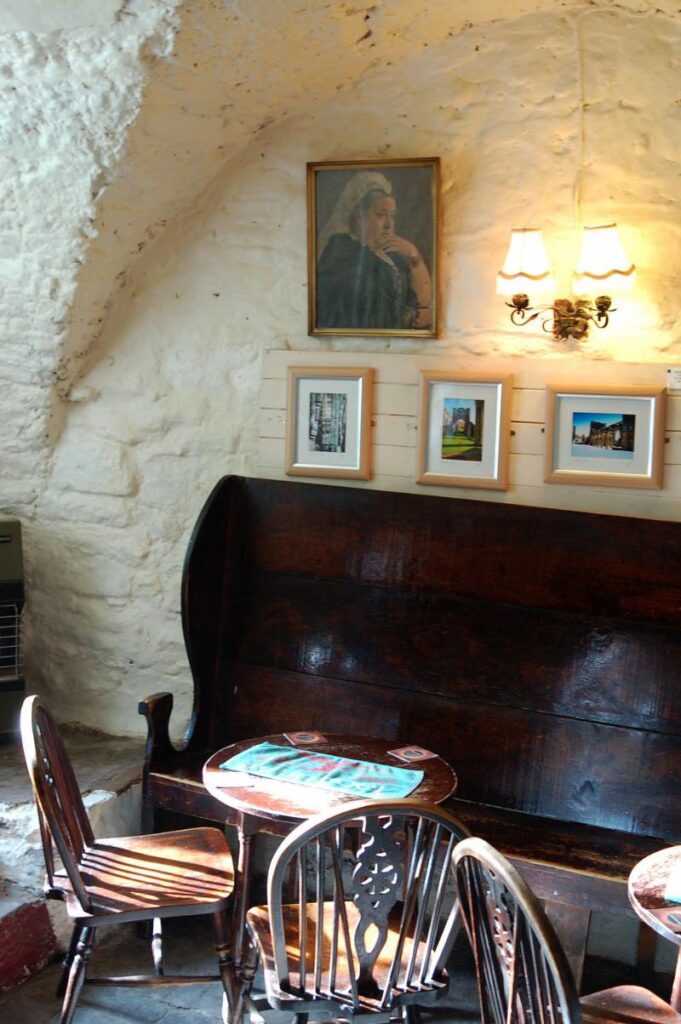
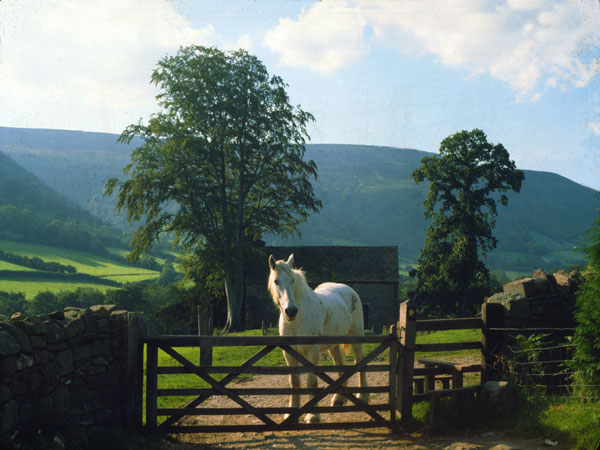
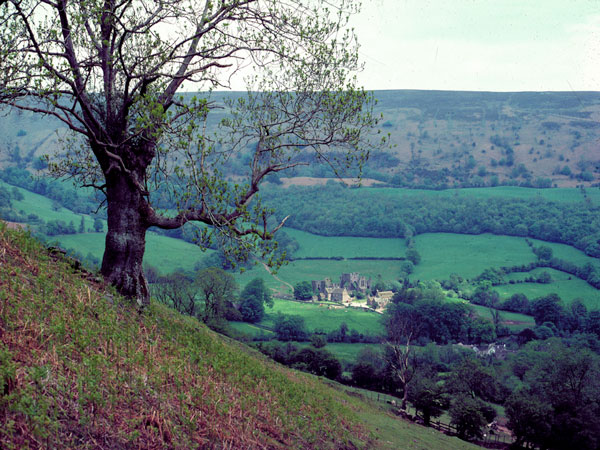
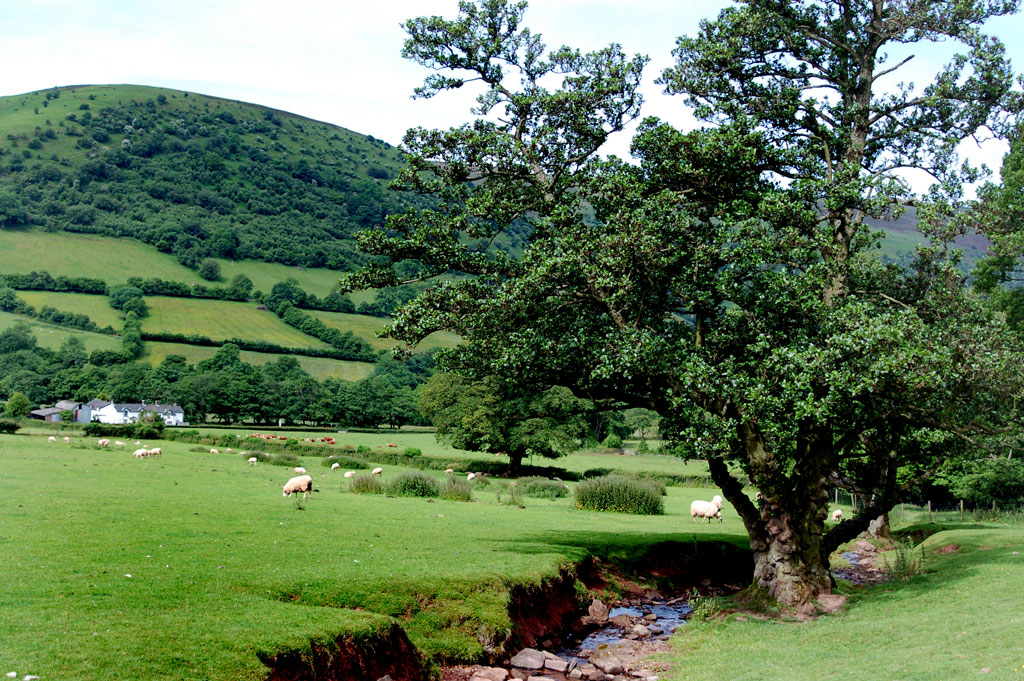
The walk up into the hills
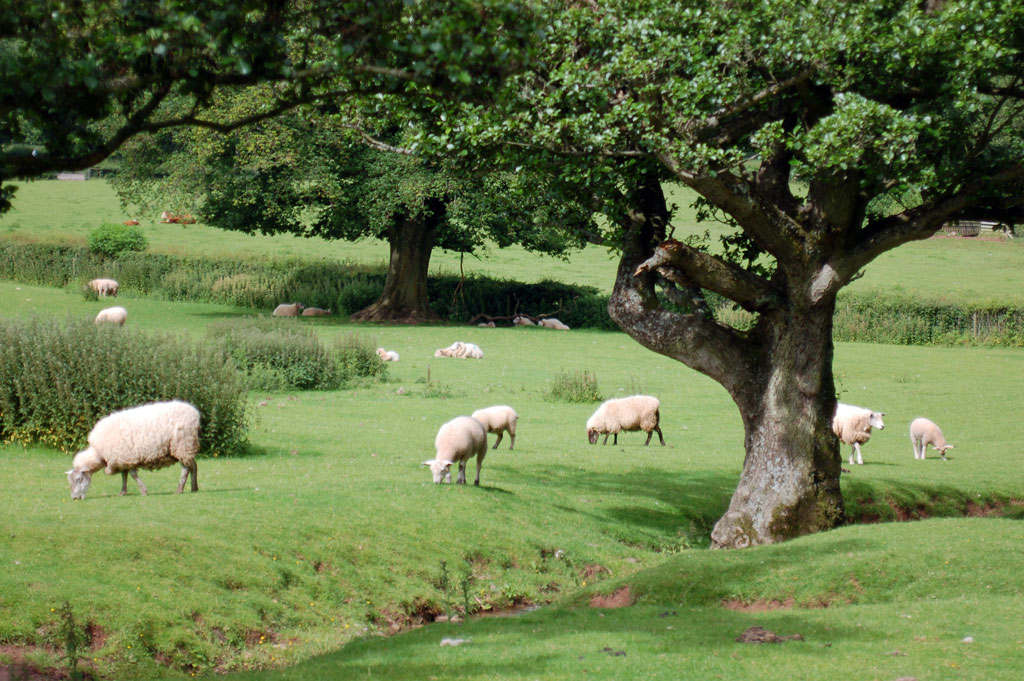
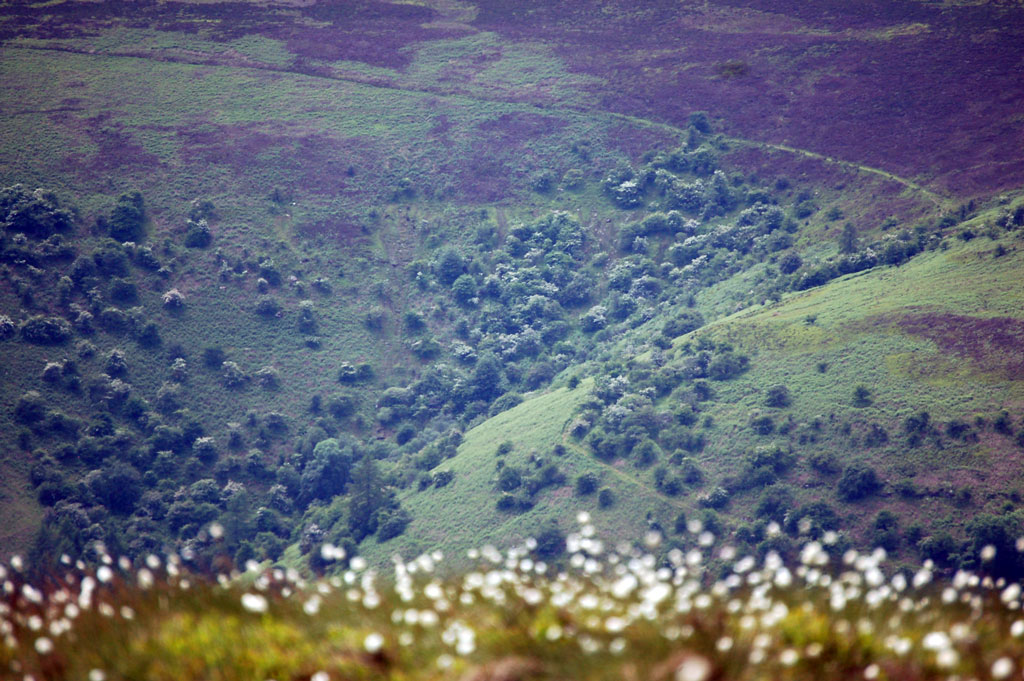
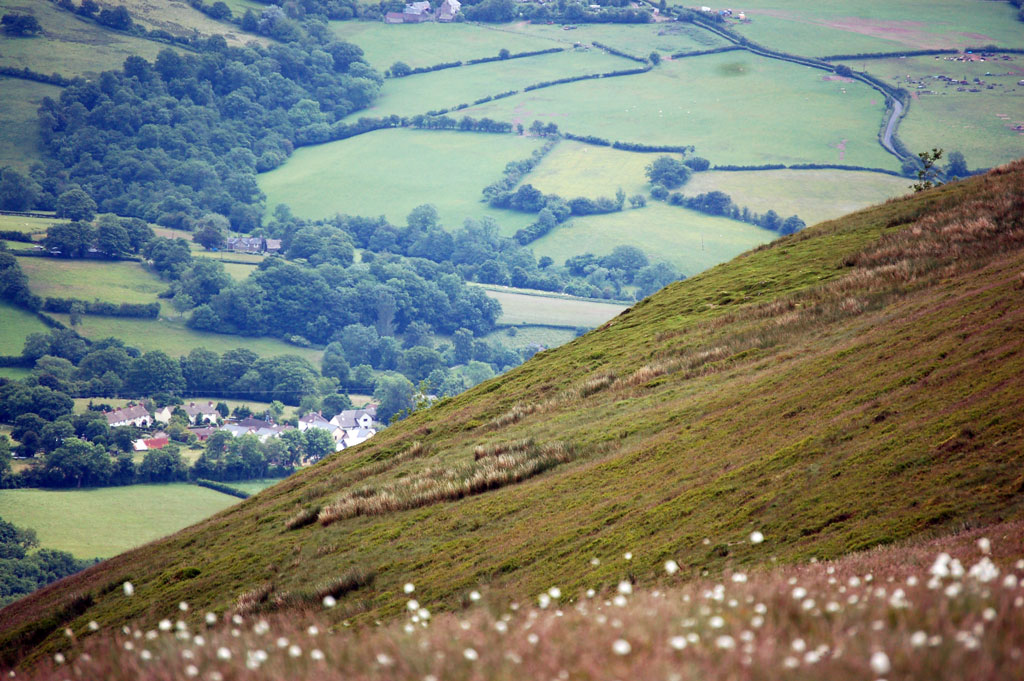

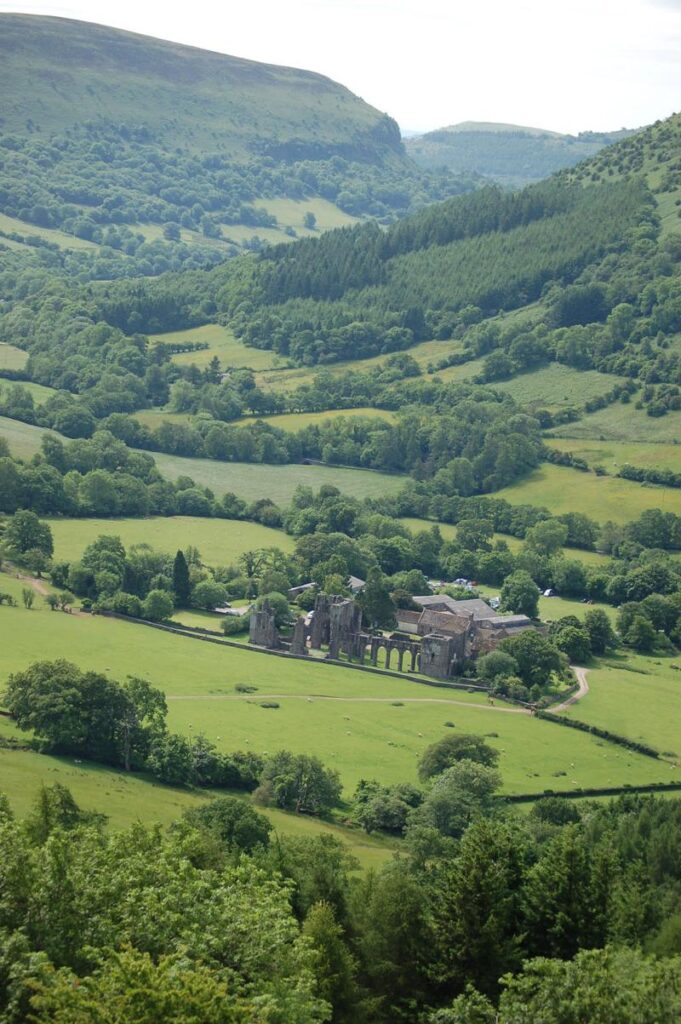
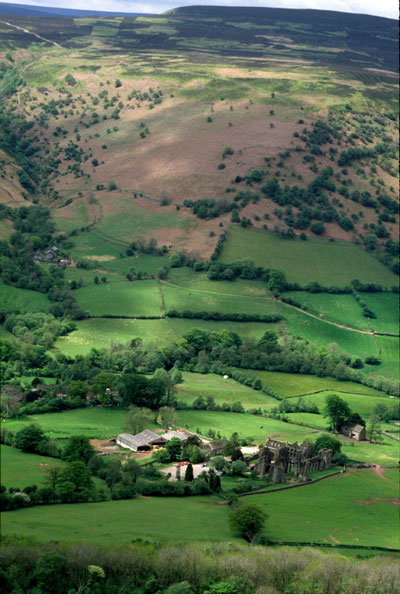
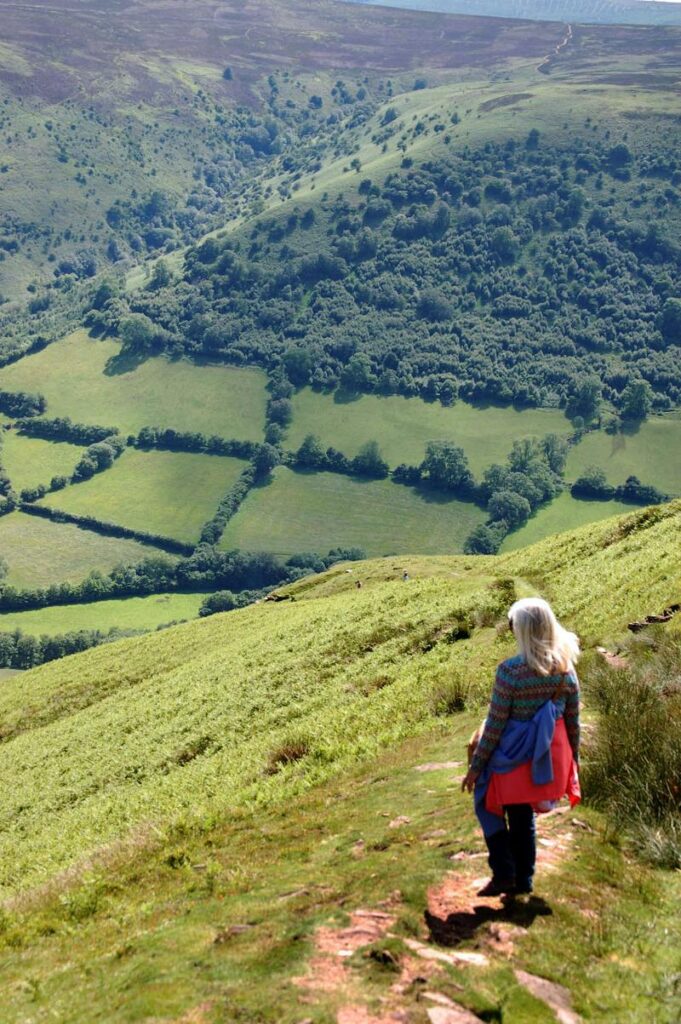
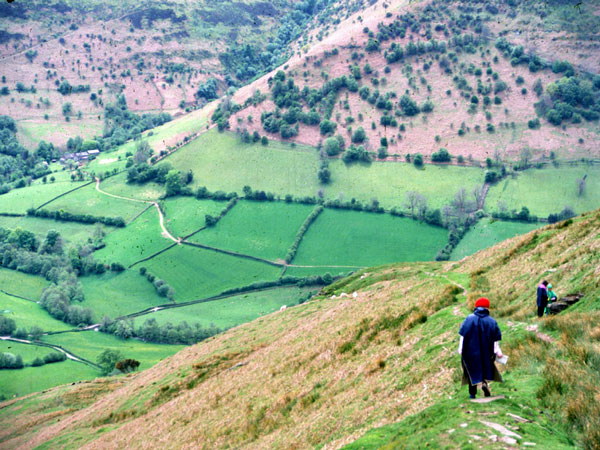
Above in 1986 in almost exactly the same spot.
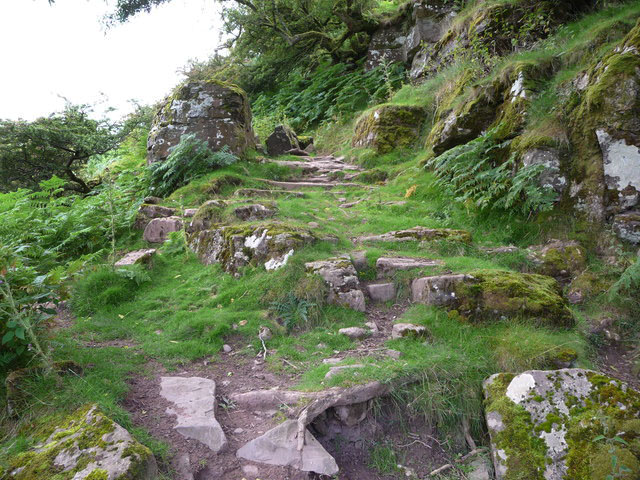
Above-the trail and at the top just heather, wildflowers and wide open skies.
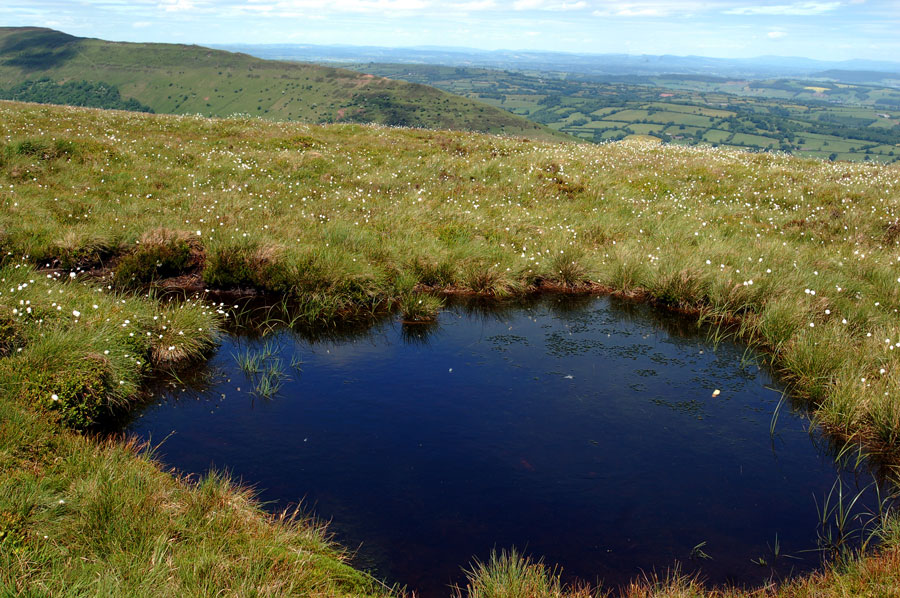
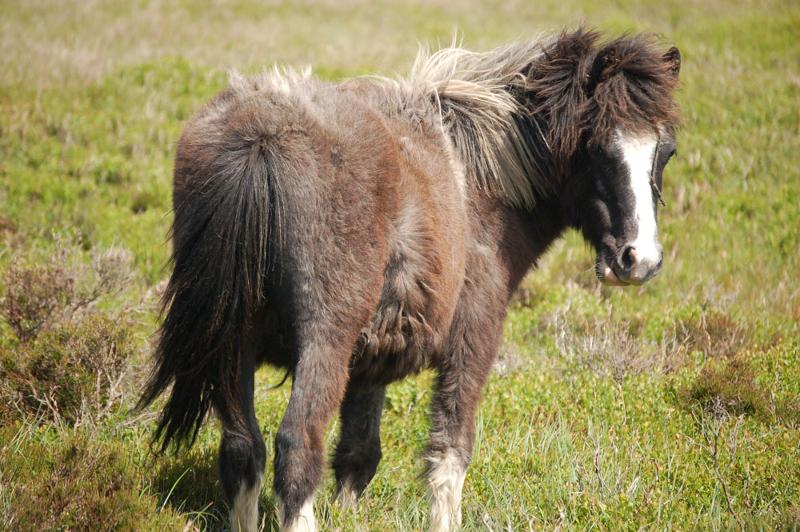
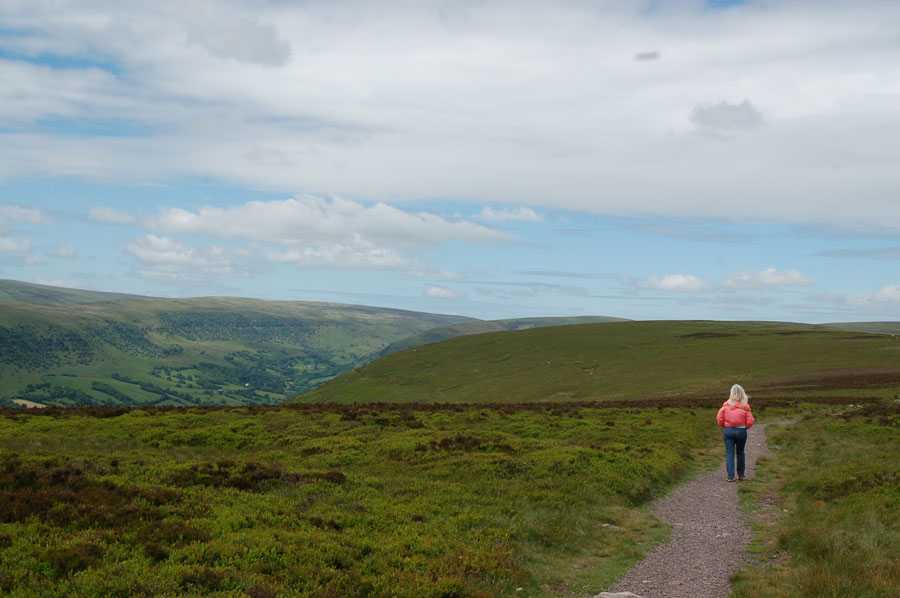
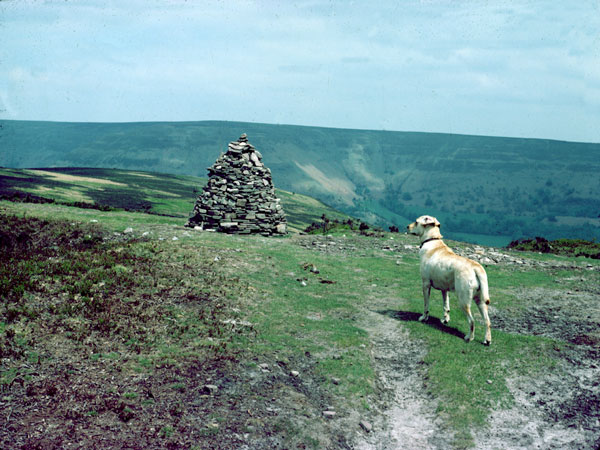
Above– In 1977 the dog from the Priory followed us up the path to the top.
The views from the edge over into England and the border country are spectacular.
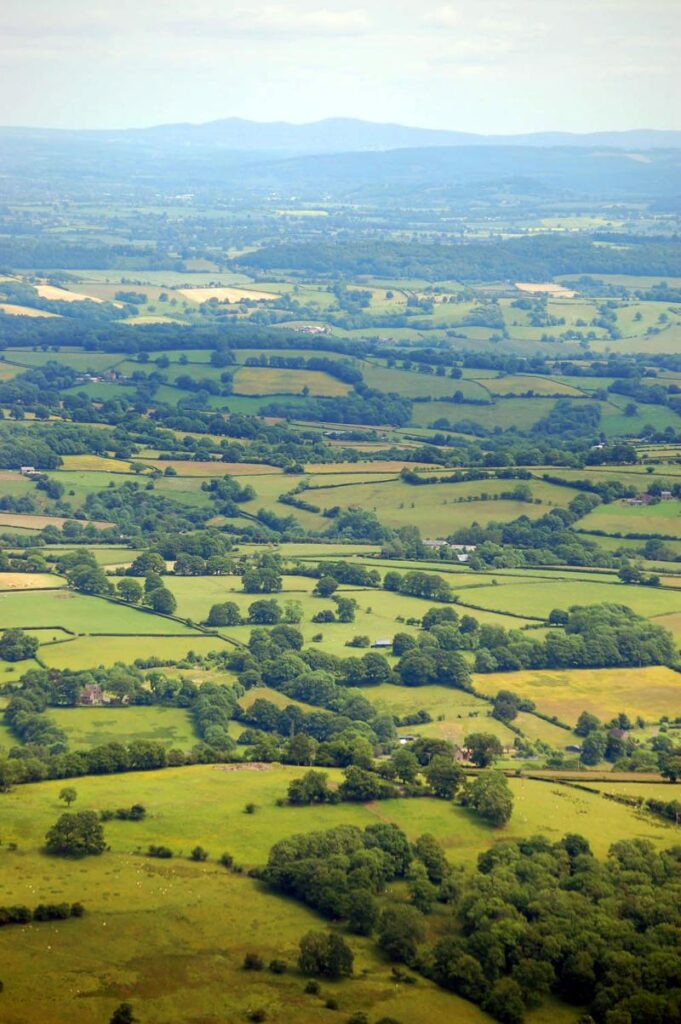
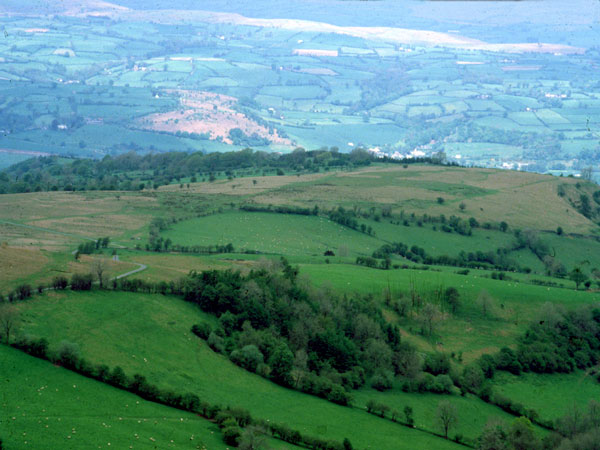
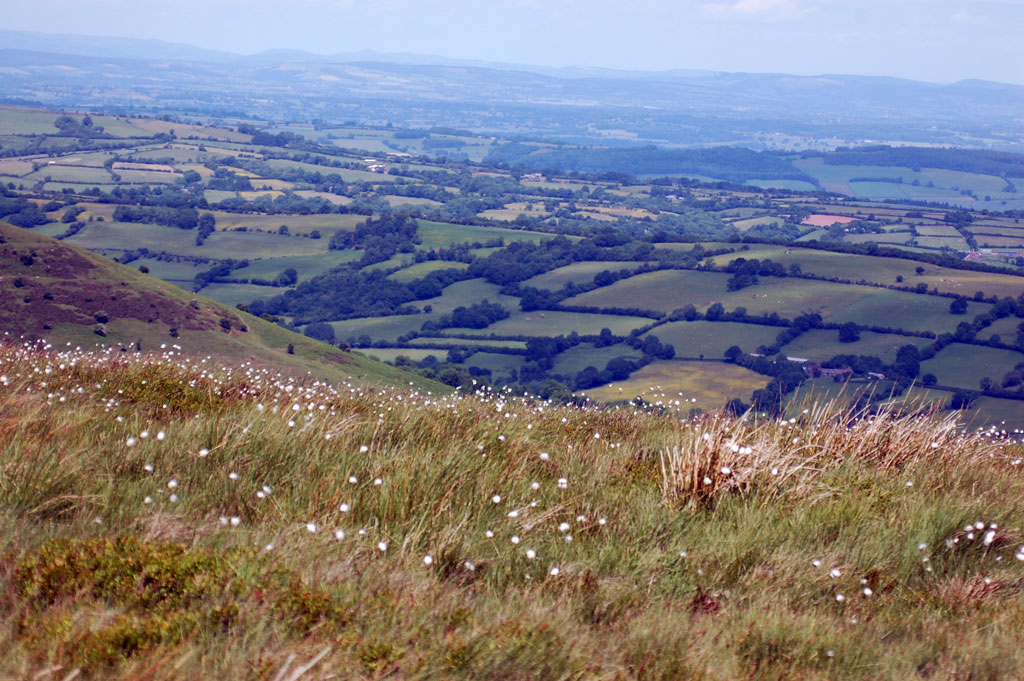
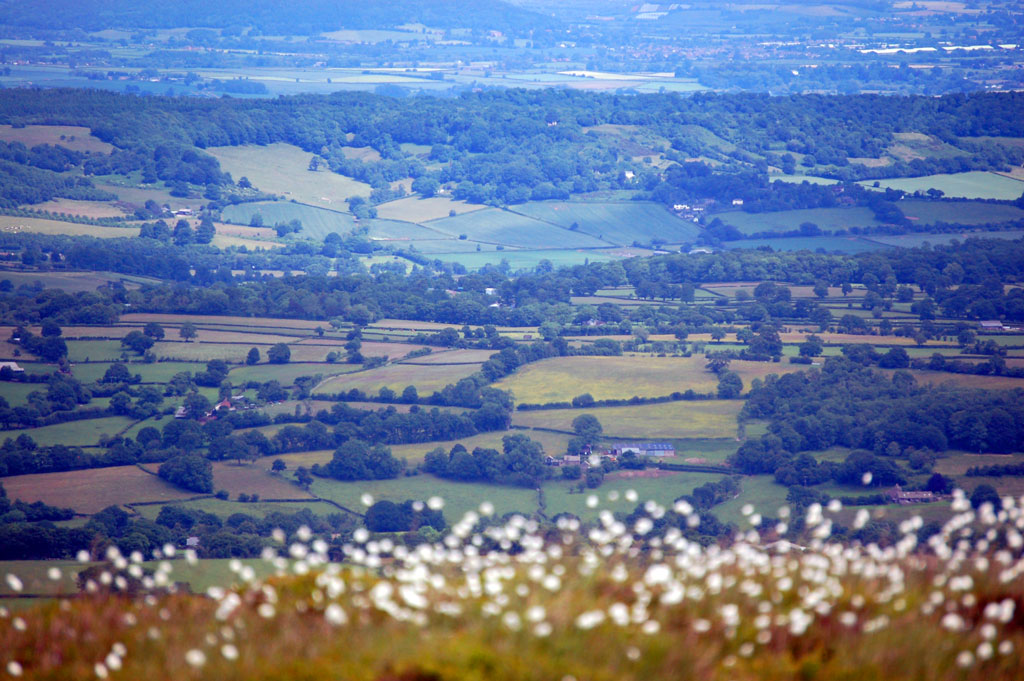
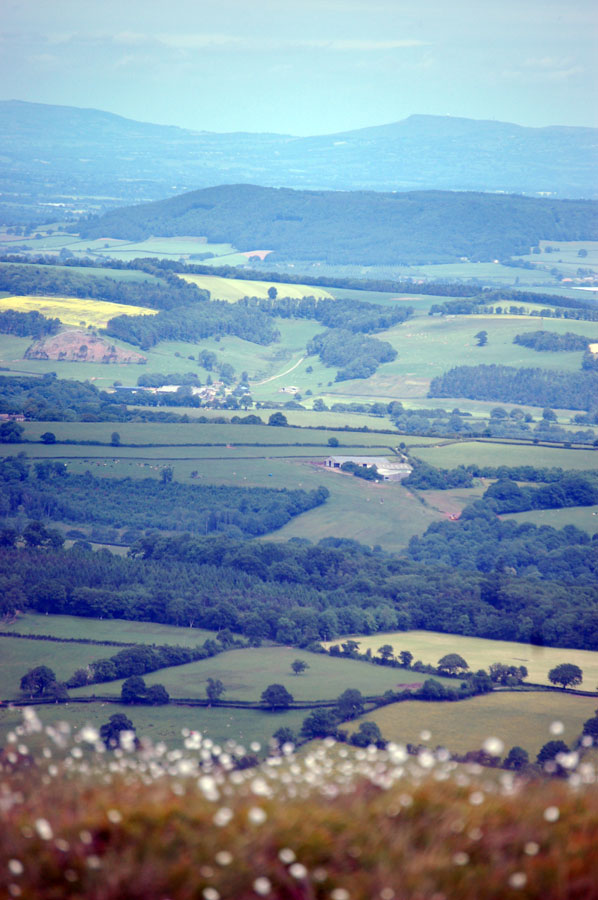
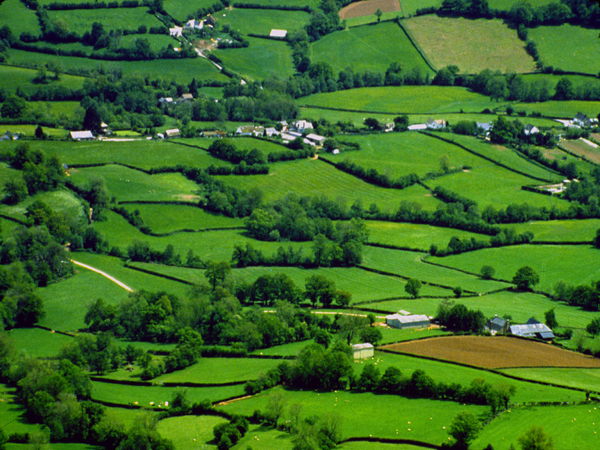
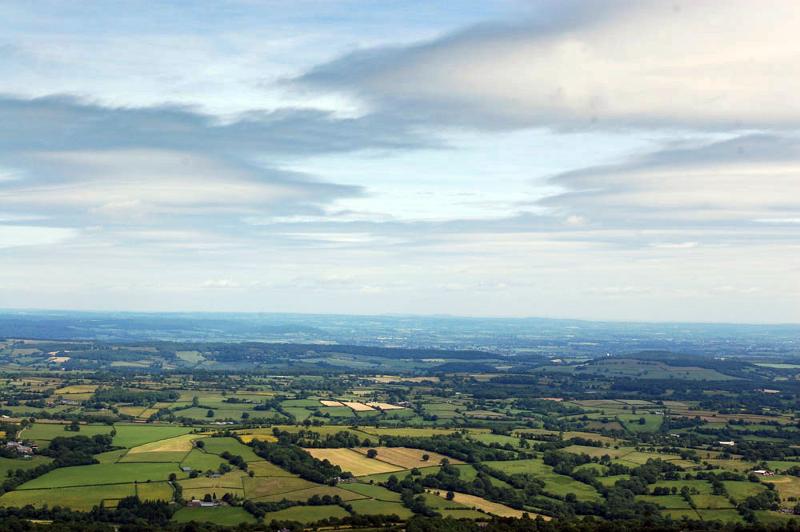
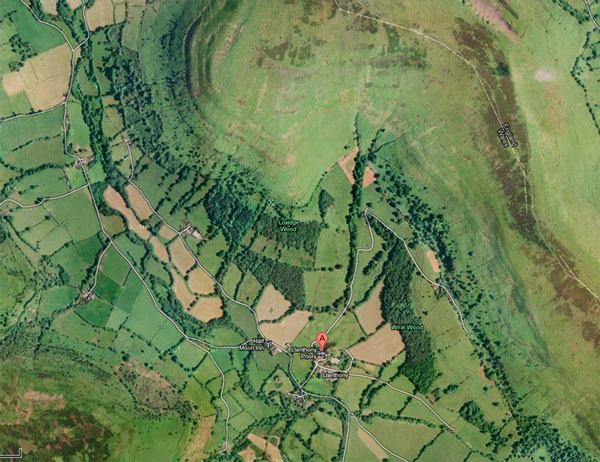
Below an aerial view of the old priory
___________________________________
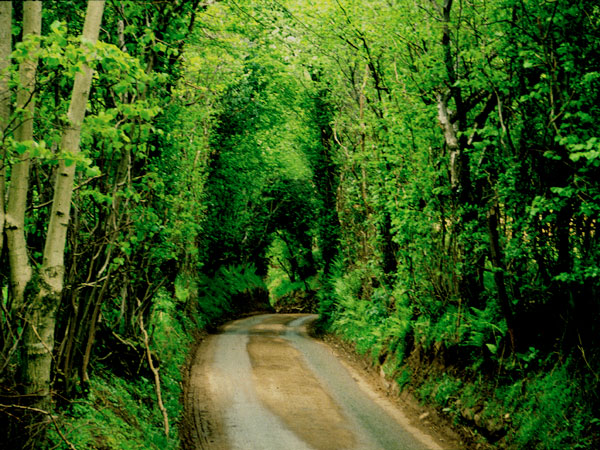
Speaking of poets. Our own hermit, poet and friend Chris Torrance has lived remotely and quietly since the early seventies in this cottage nearby in south Wales.
He passed away in 2021 and will be missed.
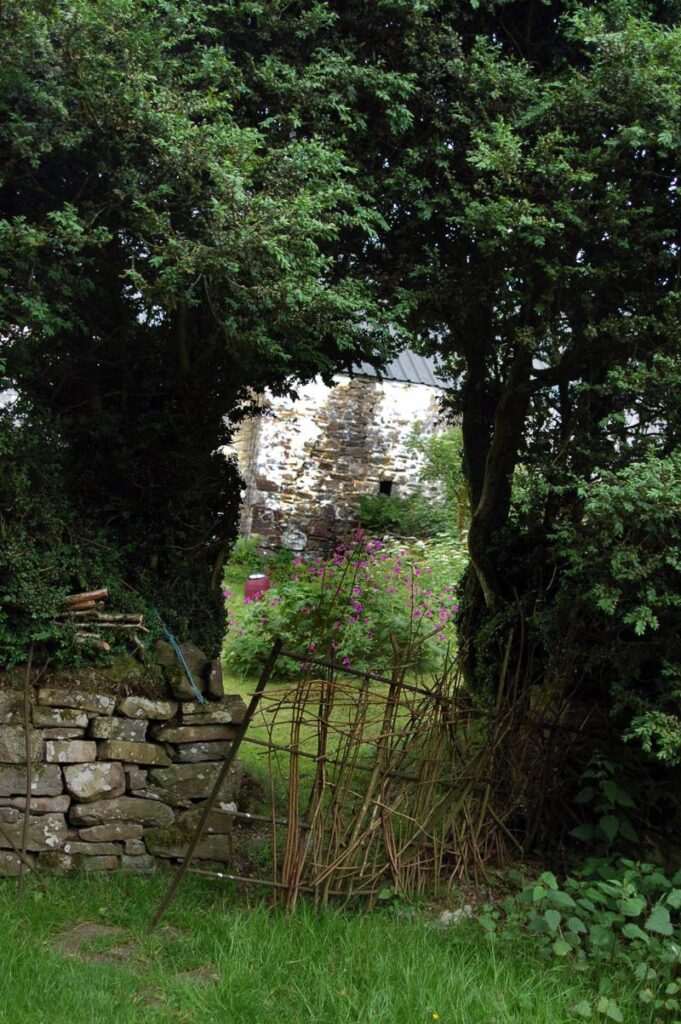
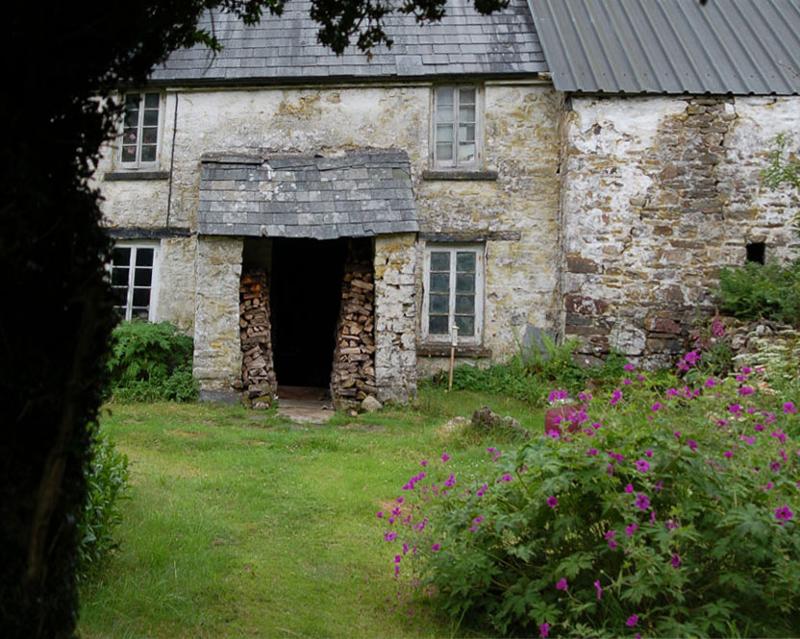
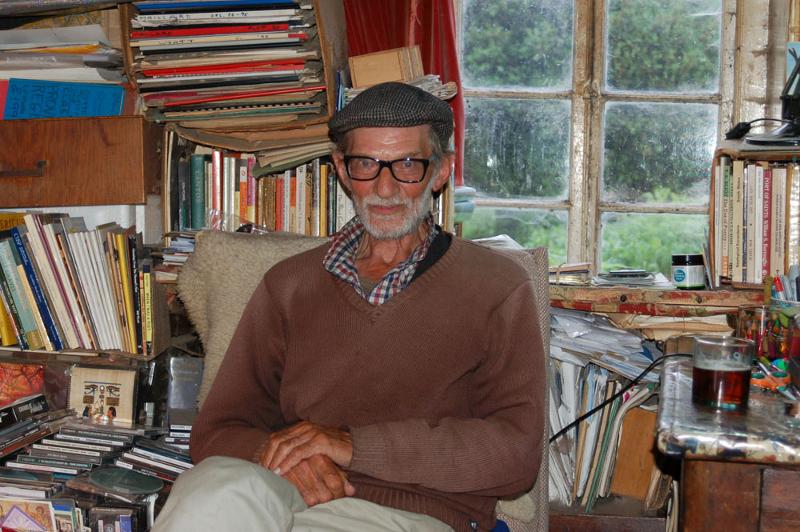
He wrote at length about his life, local myths and history as well as world mythology in general from his chair surrounded by books strong beer and a radio.
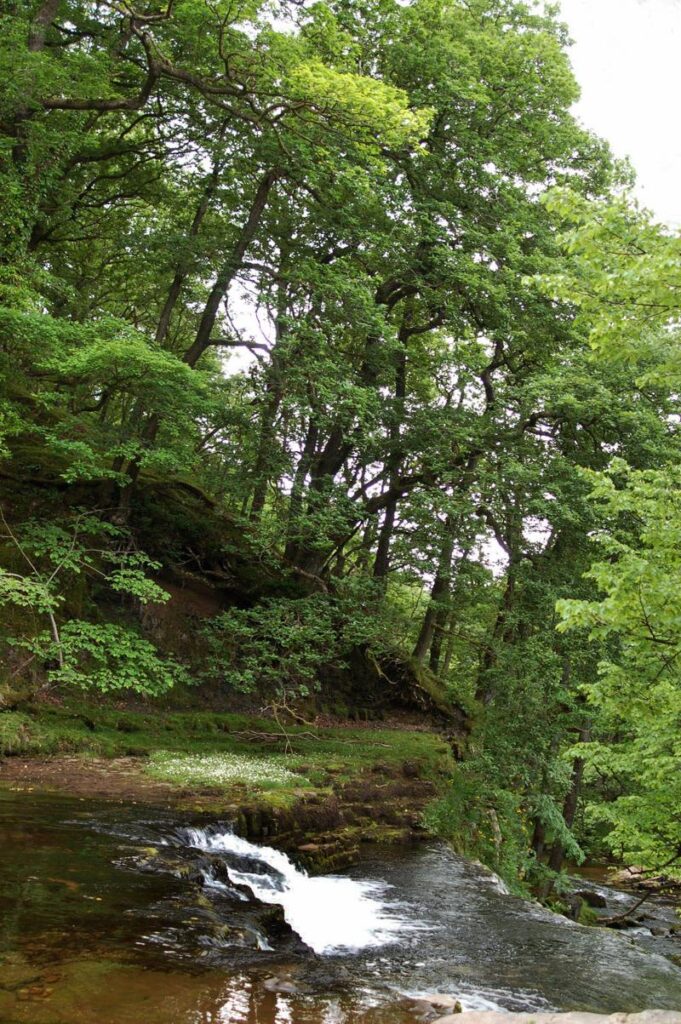
He lived beside The Glen of Mercury– (In Welsh GlynMercher) an apt place for this man of words.
Church of St Mary and St David at Kilpeck
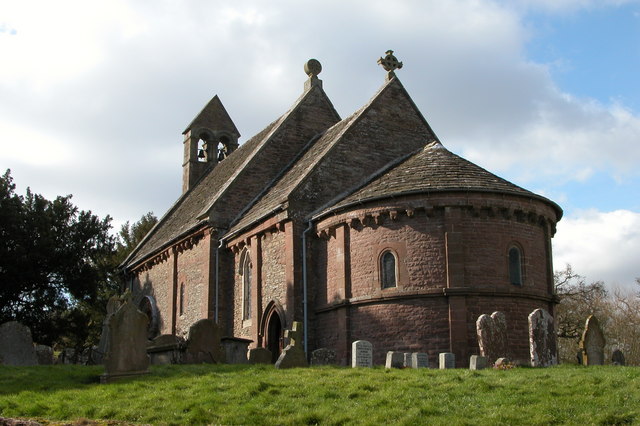
Photo Courtesy Philip Halling Wikipedia
Kilpeck is a village not far from Llanthony on the English side of the border. It was built in 1124 on the site of Saxon and even earlier Celtic places of worship. However, it is unique in being a perfect Norman period church and having the most odd non Christian carvings in perfect condition.
The outer columns have carvings of a series of snakes, heads swallowing tails. In common with most of the other carvings, the meaning of these is unclear, but they may represent rebirth via the snake’s seasonal sloughing of its skin. The inner right column shows birds in foliage; at the top of the right columns is a green man. The inner left column has two warriors who, unusually, are in loose trousers. The outer sections of the arch above the doorway show creatures which can be interpreted as a manticore and a basilisk, and various other mythical and actual birds and beasts. The semicircular tympanum depicts a tree of life.
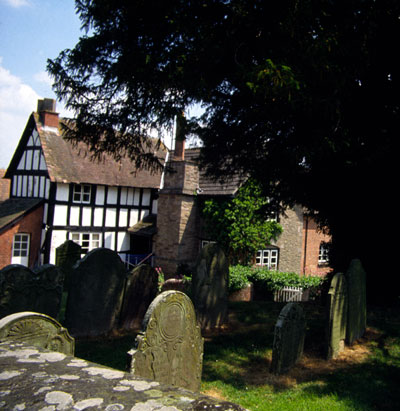
Above from the church door toward the village.
Below the extraordinary front door.
